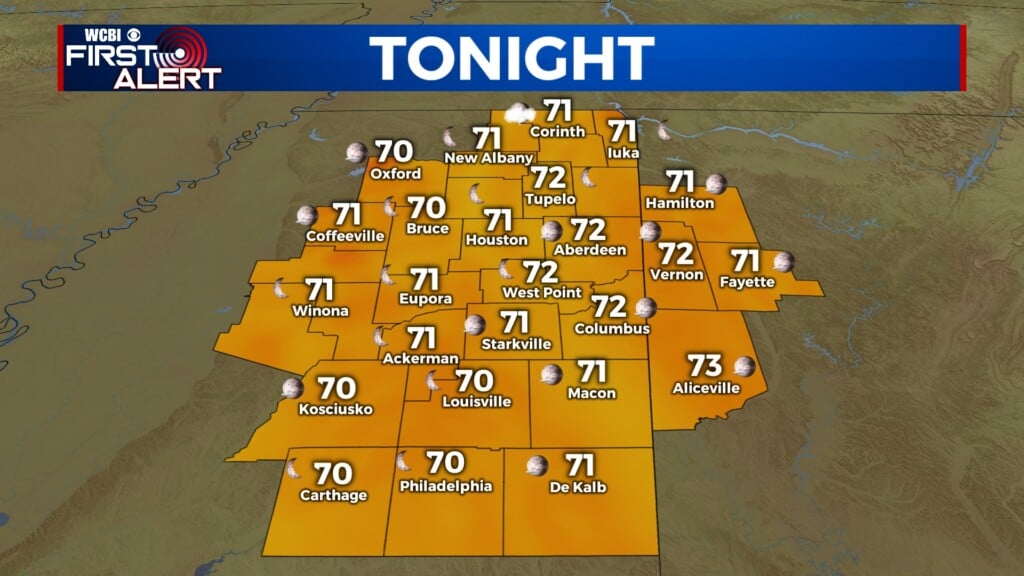Key moments in U.S. and Iran’s tortured history
The U.S. drone strike that killed Iranian General Qassem Soleimani last week is not the first event to bring America and Iran to the brink of direct conflict. It’s one of the most complicated relationships out there that dates back decades.
The 1979 revolution shifted Iran from a monarchy to an Islamic republic, after ousting Iran’s powerful king whom the CIA had put in power decades earlier.
New leader Ayatollah Khomeini’s followers blamed the U.S. and took hostage more than 52 Americans at the U.S. embassy for more than 400 days. It set the countries on a 40-year long collision course as former President Jimmy Carter decreed in April 1980: “The United States of America is breaking diplomatic relations with the Government of Iran.”
When Iraq’s dictator Saddam Hussein invaded Iran that same year, the U.S. supported him in a brutal war that served as a training ground for the young Qassem Soleimani, who decades later became one of America’s most skillful battlefield adversaries directing militias and terror groups throughout the Middle East.
Former President Ronald Reagan ordered the U.S. Navy to strike Iranian vessels for threatening American ships in the Persian Gulf and.
The Navy later admitted mistakenly downing an Iranian Airliner, killing 290 people, a grievance Iran’s President Hassan Rouhani referred to just this past week.
Relations got more complicated after the U.S. invaded Iraq under the Bush administration, where Tehran and Washington continue to compete for influence and coined the phrase “axis of evil.”
By the time President Barack Obama took office, Iran’s nuclear program was at a critical stage. He launched secret talks that culminated in a 2015 landmark deal.
“Today, the United States — together with our allies and partners — has reached a historic understanding with Iran, which, if fully implemented, will prevent it from obtaining a nuclear weapon,” Obama remarked at the time.
But it did not stop Iran from taking Americans hostage — nor did it stop Soleimani from wreaking havoc in the region.
President Trump used such hostilities as justification fro pulling out of the Obama-era nuclear pact an applying what he called the “most crippling sanctions in history” against the regime. But Soleimani remained undeterred with Iran now threatening to restart its nuclear program in the wake of Soleimani’s death.
“With steps we have taken there are no fundamental limits left,” Iranian Foreign Minister Javad Zarif told CBS News’ Elizabeth Palmer earlier this month.
“[The] JCPOA was a very realistic agreement. But you know what is dead? Maximum pressure, because it has failed time and again. And another thing that is dead; US presence in our region.”
Tune in this Sunday on “Face the Nation” where key administration officials past and present join us to continue the conversation as tensions between the U.S. and Iran escalate to new levels.





Leave a Reply